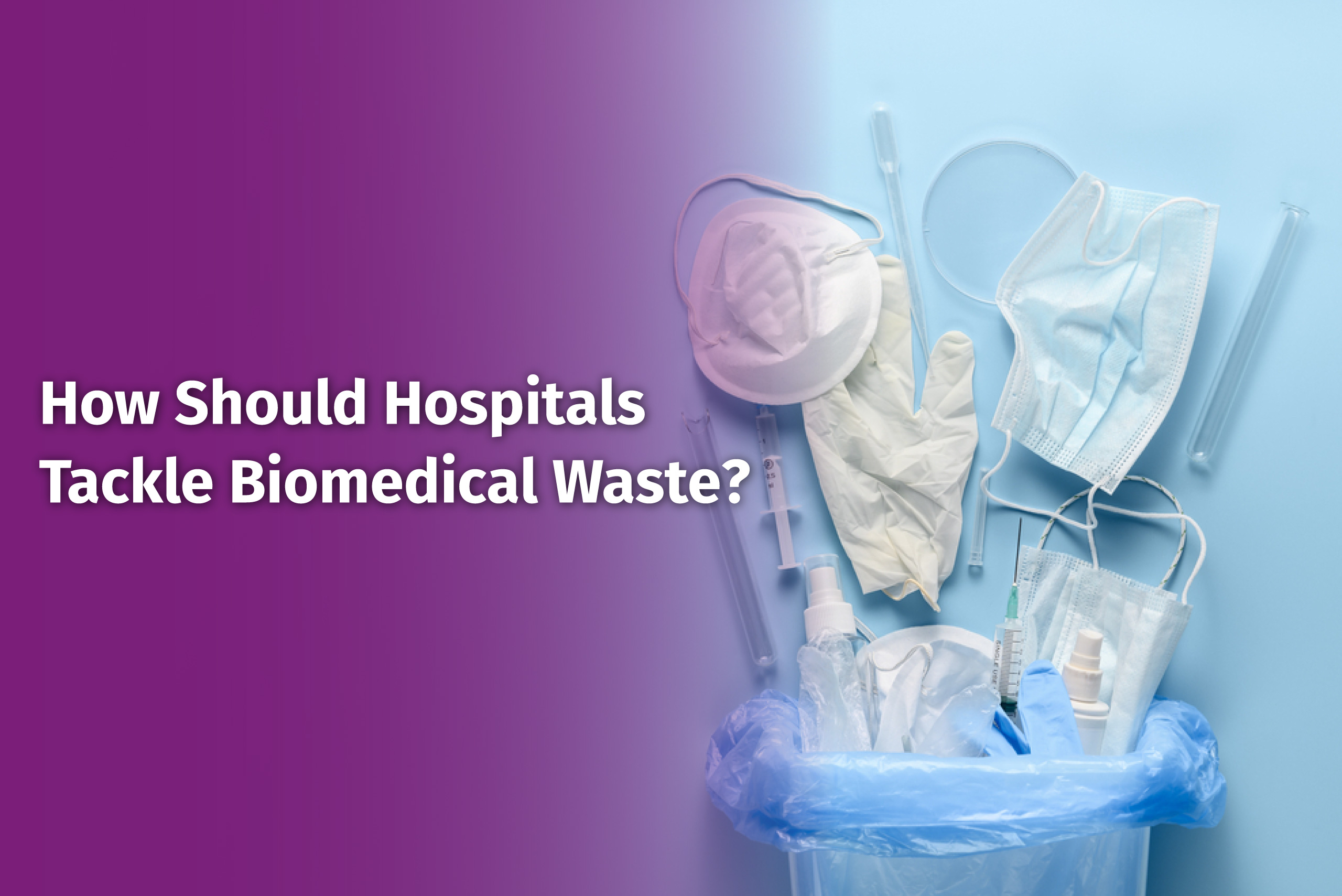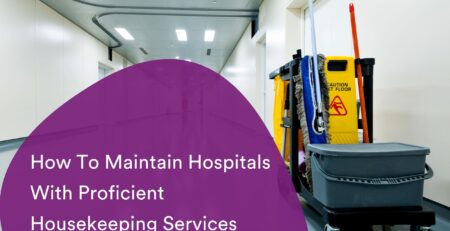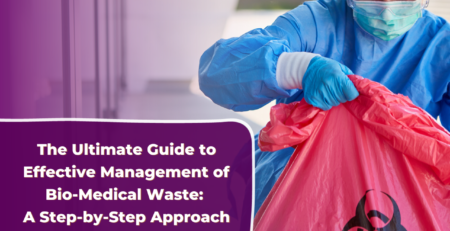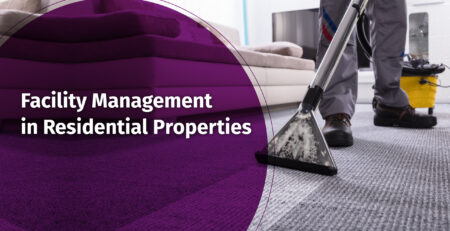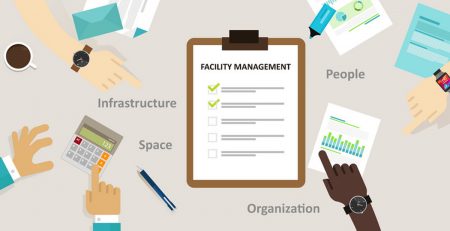Keeping The Atmosphere Germ-Free at Your Healthcare Facility
Introduction
Healthcare facilities are representatives of good health and vitality. This makes it necessary to maintain a safe, pathogen-free environment to garner the trust of those who come here to seek treatment.
Eliminating health hazards isn’t just a matter of containment and sanitization; several other sources at a healthcare establishment can potentially spread diseases. For example, unclean water faucets and toilets can spread water-borne diseases.
This necessitates taking measures to ensure a germ-free atmosphere in the healthcare sector through combined methods of vigilance, cleanliness, technology, and chemical treatments. Let’s look at a few methods you can implement to maintain a safe and hygienic condition at your facility.
Methods To Ensure Environmental Safety
There are eight ways that you can ensure overall cleanliness at your facility.
1. Safe Drinking Water
The primary requirement at a healthcare facility is clean drinking water. There are simple ways to ensure water becomes potable after acquiring it from the source.
For example, you can install water purifiers or simply boil the water and cool it before serving it. Even if the water has been sourced from protected underground sources like wells, it is recommended to treat it to ensure there is no risk of a dormant pathogen entering a patient’s body through the water.
2. Basic Sanitation Facilities
Sanitation facilities at a healthcare facility can become biohazard zones by nature if there is a lack of a mechanism to keep them clean.
Touch-based spreading of germs is a possible outcome of unclean sanitation areas that are not equipped with the amenities required to keep hands and fixtures clean.
Healthcare facilities outsource sanitation and cleanliness management to special facility management services that have the technology to sanitize the entire area at regular intervals quickly.
3. Waste Management
Another hazard that all healthcare facilities produce is contaminated waste, such as bandages or treatment chemicals. This waste must be disposed of carefully and in the proper way to ensure there is no risk of contamination.
There are special color-coded containers available for use:
- Yellow bins for pathological, infectious, medical/chemical, clinical lab, and pharmaceutical waste
- Red bins for contaminated recyclable waste
- White bins for sharps
- Blue bins for medical glassware
4. Cleaning and Sterilization Facilities, Tools, Technology
The healthcare facility should house all the tools and materials necessary to help the staff and employees to clean the surfaces and tools they use.
For example, all the diagnostics and testing equipment should be cleaned after every use by the staff that handles it. Similarly, all the clinicians’ tools, inspection table surfaces, stethoscopes, and every surface likely to gather germs should be cleaned.
To facilitate this, there should be easy-to-use sanitization chemicals, sprays, and wipes that can be discarded after cleaning.
5. Cafeteria Hygiene and Cleanliness
Every healthcare facility has a nutritionist that provides meal plans for the patients and the employees.
Where meals are prepared on premises, it is necessary to observe the compliances and guidelines laid out by the NSF for maintaining food safety and facility cleanliness.
This aspect is better outsourced to professional facility management services that have the right equipment and chemicals to clean the cafeteria and associated services at the facility.
6. Restricting Visitors
Visitor restriction regulations exist at healthcare facilities to maintain a clean environment inside as far as possible. Since visitors are allowed to walk into the facility and meet the patients, it is necessary to ensure that there are visitation rules in place and that the visitors obey them.
Removing footwear, sanitizing hands, and wearing masks are just some of the rules to be observed. Additionally, visitor restriction helps the staff to manage the visitors better because the number remains limited at any given time.
7. Safe Movement of Air
Poor ventilation is one of the top causes of respiratory problems and unhygienic conditions inside a healthcare facility. Moist conditions encourage mold growth which can create severe breathing problems for anyone inside the facility.
The HVAC systems, therefore, should be regularly checked and maintained for optimum functioning. Air curtains should be installed where necessary to prevent contaminated air from outside to enter inside the facility.
8. Education
One of the most important things you can do to maintain interior safety is to educate everyone about safety protocol.
There should be banners and posters everywhere that speak of keeping hands clean, disposing of waste properly, wearing masks, and keeping safe distances from patients.
The staff should be put through regular training about keeping the facility clean and practicing personal hygiene.
Wrapping Up
The problem with germs is that they can appear in places where you least expect them. The slightest negligence can create opportunities for the pathogens to fester and incubate, making it risky for everyone inside the facility.
It is thus necessary to practice the safety, cleanliness, and hygiene protocol prescribed by agencies like NSF and WHO to help maintain a safe environment for every occupant.
Better yet, it is recommended to outsource the cleaning and sanitization to facility management services that have access to the right tools, technology, and expertise to get the job done quickly.



